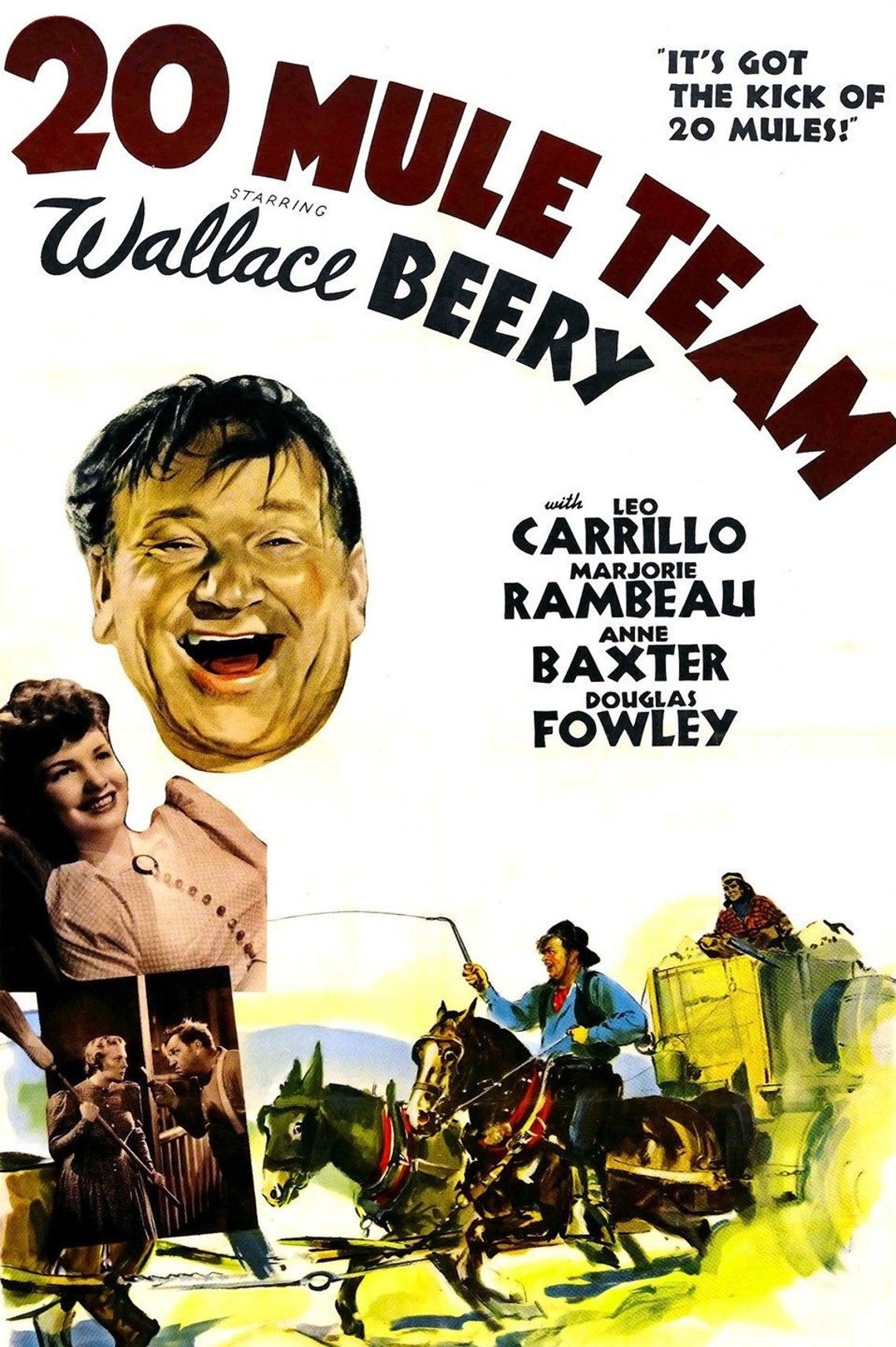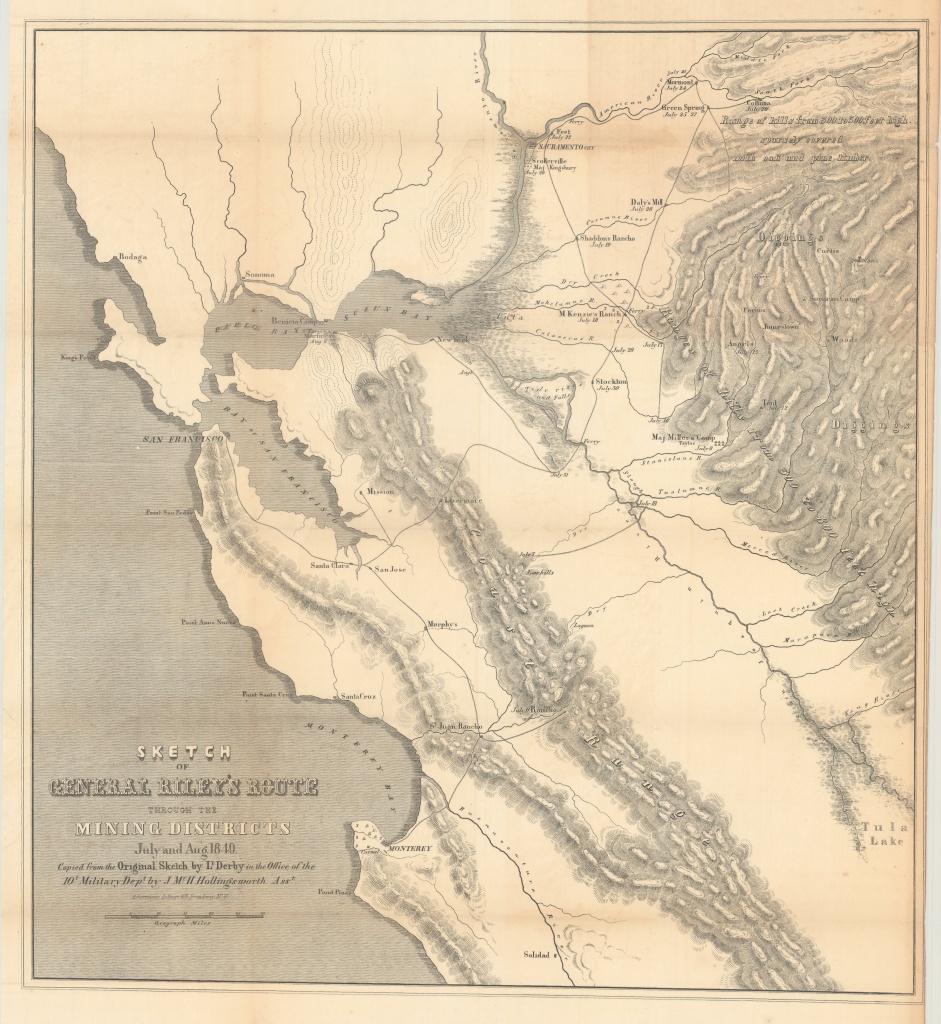
To do this, he’d need proof that there was indeed a shipwreck near the sighting of the gold bars. The determined fishman thought his last shot was to launch a federal lawsuit that argued for his right to recover the shipwreck and whatever items it contained. However, the lawyer claimed specific litigation strategies might help him stake a claim on the gold without legal repercussions.Īfter a vague request to search for “something of interest” on the protected seafloor, the Federal Government declined and Pennisi figured his access to a permit and the only legal way of retrieving the gold wouldn’t be granted. Other laws made clear that removing or even moving historical objects was not allowed, with penalties as high as $100,000 per day for infringements.

After consulting with a maritime lawyer, Pennisi learned that local laws “explicitly banned underwater salvage and recovery operations in the sanctuary, including the use of human divers and robotic submersibles.” Source: Wikimedia Commonsīut an even bigger hurdle to contend with was the fact that the gold was located in the Monterey Bay National Marine Sanctuary, a heavily protected area.

Ships abandoned off the California coast during the Gold Rush. Some machines cost millions of dollars – money Pennisi didn’t have. Treasure hunters typically purchase expensive underwater rovers rather than putting divers at risk for missions like these. The location of the discovery was 1,000 feet beneath the surface of the water.įor the uninitiated, diving this deep is incredibly difficult and dangerous, and is only attempted by the world’s most experienced divers. Pennisi quickly realized he’d face a huge set of challenges to recover what he believed were bricks of pure gold. A confirmed 463 shipwrecks have been documented in the Monterey Bay National Marine Sanctuary, but hundreds more are thought to be littering its dark and eerily quiet sea floor. Many ships that wrecked during this period were tasked with delivering gold to the East Coast. Related read: 7 Tantalizing Stories of Lost Treasure in Oregon Gold Rush Shipwrecks Pennisi’s logic wasn’t unfounded: James Delgado, a shipwreck historian and archaeologist quoted in the article, estimates that at least 50 ships sank off of the Californian coast in the mid 1800s during the peak of the state’s Gold Rush. When Giuseppe “Joe” Pennisi scrolled through some underwater trawling footage one night and saw that his net had passed by bright yellow rectangles, he figured they were gold bars, also called ingots, that were left at the bottom of the ocean from a shipwreck. In 2019, the San Francisco Chronicle profiled the story of a down-and-out fisherman who developed undersea video monitoring technology and used it to discover what he believed were 30 gold bars at the bottom of the Monterey Bay National Marine Sanctuary. Related read: 17 Epic Facts about the Transcontinental Railroad Sunken Treasure in the Monterey Bay National Marine Sanctuary Monterey Bay, California. Some stories have a mythical bent, making their authenticity appear unlikely.īut if the Saddle Ridge Hoard discovery is any indication, California is a place where anything can happen when it comes to hidden treasure. While experts say the so-called Saddle Ridge Hoard discovery was exceedingly rare, California is thought to contain other hidden treasures.

The idea of there being actual hidden gold and other treasures in a state as modern and densely populated as California might seem far-fetched to some, but the story of the dog walk that led to riches proves it’s true. While the extraordinarily lucky dog walkers kept their identities and the location of the discovery a secret for obvious reasons, an article published by Reuters claims their land is set somewhere in California’s sprawling Gold Country, a famed region in the western slope of the Sierra Nevada Mountains that attracted prospectors from around the world over during the state’s 1849 Gold Rush. One especially rare gold coin was worth at $1 million alone. The couple discovered that the cans held more than 1,400 well-preserved gold coins dating back to the mid to late 19th century.

In 2014, an anonymous couple reported stumbling upon decaying metal cans during a walk with their dog on their northern California property. What started with a leisurely dog walk ended with a stunning gold discovery worth over $10 million. From buried caches of gold to sunken treasure, California is a bona fide hot spot for hidden treasures and long-lost riches.


 0 kommentar(er)
0 kommentar(er)
